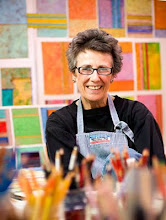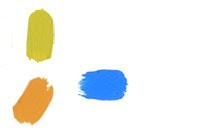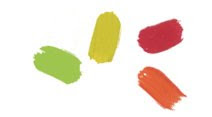Of our senses, I believe we are most impressed by how things look. It’s certainly true for me but I’m bracing myself for argument in favor of our other sensations.
We can see farther then we can smell, taste, touch and usually, hear. The biggest sight my eyes have taken in is of the Grand Canyon. I have seen mountains which might have been greater in some dimension but that canyon was more impressive in its proportions than any— possibly because more could be encompassed by one’s vision closer up.
I grew up hearing about how beauty is skin deep and that appearances are deceptive. And yet how much poetry has been written lamenting the temporal and fleeting nature of beautiful youth? And to the glory of flowers that artists have sought to keep from fading by painting still lifes, some more beautiful even than their subjects. Painting is about appearances and about illusion. It occurs to me that it is the arrogant artist who instead of trying to paint from nature and maybe improve upon it as many have done, she invents beauty from scratch. Or maybe not. Richard Diebenkorn took abstractions from views of Ocean Park, California. And Sean Scully seems fond of the facades of small buildings. There are also those whose intent is other than beauty but that is not my realm. No, I’ll stay with Oscar Wilde who said: “Beauty is the wonder of wonders … It is only shallow people who do not judge by appearances.”
The image above is Marigold ©2005, 12” x 48”, Acrylic & Mixed Media Collage on Archival Board
















